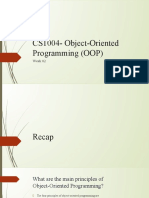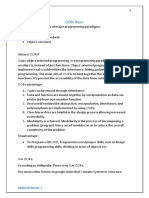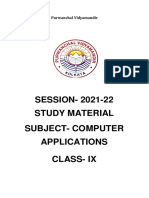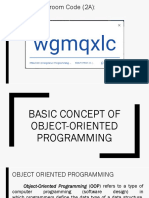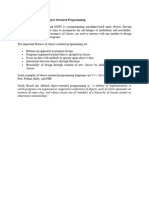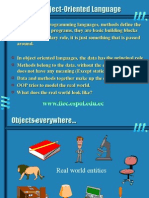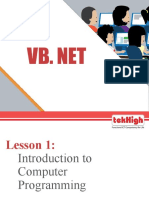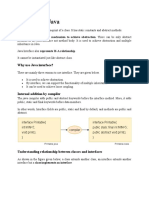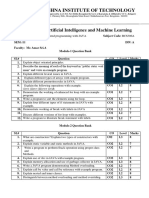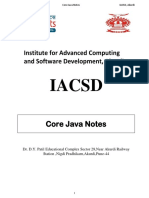0% found this document useful (0 votes)
22 views38 pagesClient Side Coding - Part 1 - WS2023
Uploaded by
dni05.bgCopyright
© © All Rights Reserved
We take content rights seriously. If you suspect this is your content, claim it here.
Available Formats
Download as PDF, TXT or read online on Scribd
0% found this document useful (0 votes)
22 views38 pagesClient Side Coding - Part 1 - WS2023
Uploaded by
dni05.bgCopyright
© © All Rights Reserved
We take content rights seriously. If you suspect this is your content, claim it here.
Available Formats
Download as PDF, TXT or read online on Scribd
/ 38










